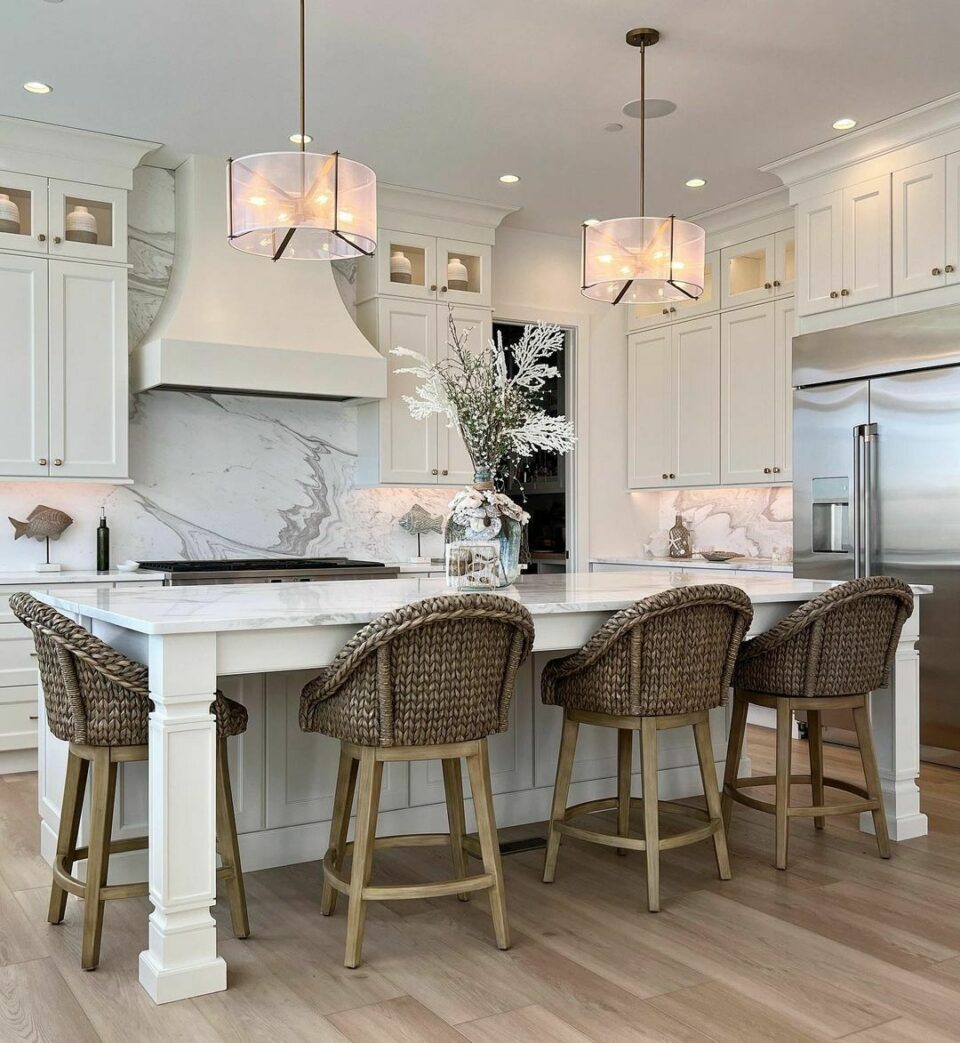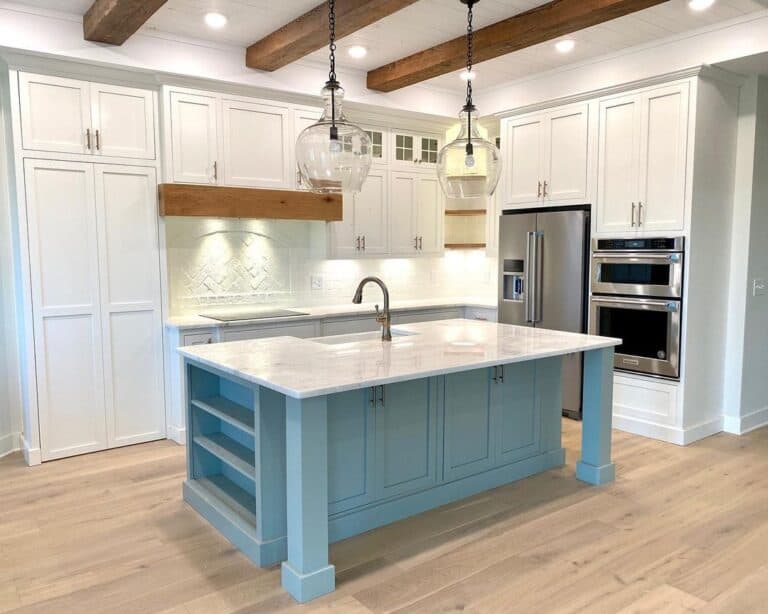Make Best Use Of Versatility with Adjustable Legs For Kitchen Island Functions
Make Best Use Of Versatility with Adjustable Legs For Kitchen Island Functions
Blog Article
A Guide to Choosing the Perfect Legs For Cooking Area Island for Your Home
Choosing the suitable legs for your kitchen island is a nuanced choice that affects both the performance and visual appeal of this central area. As you think about these elements, it ends up being noticeable that the right legs can transform not only the appearance of your kitchen but additionally its usability for years to come.

Recognizing Cooking Area Island Legs
When choosing legs for a cooking area island, it's vital to understand their useful and aesthetic roles in the total design. The legs function as a critical support group, making certain stability and durability for the island, which typically operates as a work area, dining area, or collecting place. As a result, the option of material and building strategy should be durable enough to stand up to everyday use and prospective wear.
Along with their architectural responsibilities, legs contribute dramatically to the island's visual appeal. They can improve the cooking area's design, whether via traditional, modern, or diverse layouts. The elevation and percentage of the legs are additionally crucial considerations; they need to balance with the island's kitchen counter elevation while making certain comfy seating for those making use of the space.
Moreover, the leg design can influence the overall circulation of the kitchen area. Open, ventilated leg designs can develop a feeling of agility, while strong, significant legs may communicate a much more grounded and steady visual - Legs For Kitchen Island. Comprehending these visual and useful elements will guide property owners in making notified choices that match their cooking area's layout and boost its functionality
Popular Styles and Materials
The choice of legs for a kitchen area island includes a variety of popular styles and materials, each offering one-of-a-kind features that can enhance both capability and visual appeals. Among the most in-demand styles are modern, rustic, and standard. Contemporary legs frequently feature smooth, minimal layouts that stress simplicity and tidy lines, making them excellent for modern-day kitchens. Rustic designs, on the other hand, welcome all-natural components and commonly showcase redeemed timber or distressed coatings, adding heat and appeal to the area. Standard legs commonly display luxuriant details and workmanship, improving traditional kitchen layouts.

Height and Security Considerations

Security is an additional essential consideration. The legs of the cooking advice area island should provide sufficient assistance, ensuring that the framework can hold up against daily use without shifting or tottering. Product option plays a considerable role in stability; metal legs, for example, have a tendency to use higher strength compared to timber. Additionally, ensuring that the island is firmly anchored to the floor or wall can boost stability, especially for larger islands that may birth considerable weight.
Matching Your Cooking Area Visual
Picking the appropriate legs for your kitchen island goes past capability; it additionally plays a significant role in the total aesthetic of the area (Legs For Kitchen Island). When selecting legs, think about the layout style of your kitchen area.
Color is one more vital element. Legs that complement or contrast with your island's surface and surrounding cabinetry can develop visual consistency or striking centerpieces. Matching dark wood legs with a light marble countertop can add depth and passion. Furthermore, think about the surface of the legs; matte, glossy, or textured coatings can significantly impact the general feel of the kitchen area.
Setup and Maintenance Tips
Setting up cooking area island legs needs mindful interest to detail to make sure both stability and aesthetic allure. Use a stud finder to situate wall studs if you are affixing the legs to a wall or utilizing brackets for included support.
When protecting the legs, make use of high-grade screws and, if necessary, timber glue for additional toughness. For steel legs, guarantee that you are making use of suitable anchors and devices to stop damages to your flooring. It is a good idea to check for levelness after installment, making modifications as needed to avoid tottering.
Upkeep is equally crucial for longevity - Legs For Kitchen Island. Consistently check the legs for any type of indicators of wear or helping to loosen, especially in high-traffic areas. Tidy the legs with an appropriate cleaner, staying clear of unpleasant products that may scrape the surface area. For wood legs, think about using a timber conditioner periodically to keep their surface. By complying with these installment and maintenance pointers, you can ensure that your kitchen island legs continue to be both practical and aesthetically attractive.
Final Thought
To conclude, choosing the proper legs for a cooking area island necessitates careful consideration of height, stability, read this post here and visual compatibility. By choosing ideal products and designs that align with the overall kitchen area design, capability can be improved while maintaining visual allure. Proper installment and continuous upkeep better add to the durability and longevity of the kitchen area island. Ultimately, thoughtful leg selection plays an important function in raising both the practicality and layout of the cooking area area.
When picking legs for a cooking area island, it's vital to comprehend their functional and visual duties in the overall design. Open, airy leg styles can create a feeling of lightness, while solid, considerable legs might convey a more grounded and steady aesthetic. The legs of the kitchen island need to supply ample assistance, making certain that the structure can withstand everyday usage without shifting or wobbling.Setting up cooking area island legs needs mindful attention to detail to make sure both security and More hints visual allure.In conclusion, picking the appropriate legs for a cooking area island demands careful consideration of height, security, and visual compatibility.
Report this page